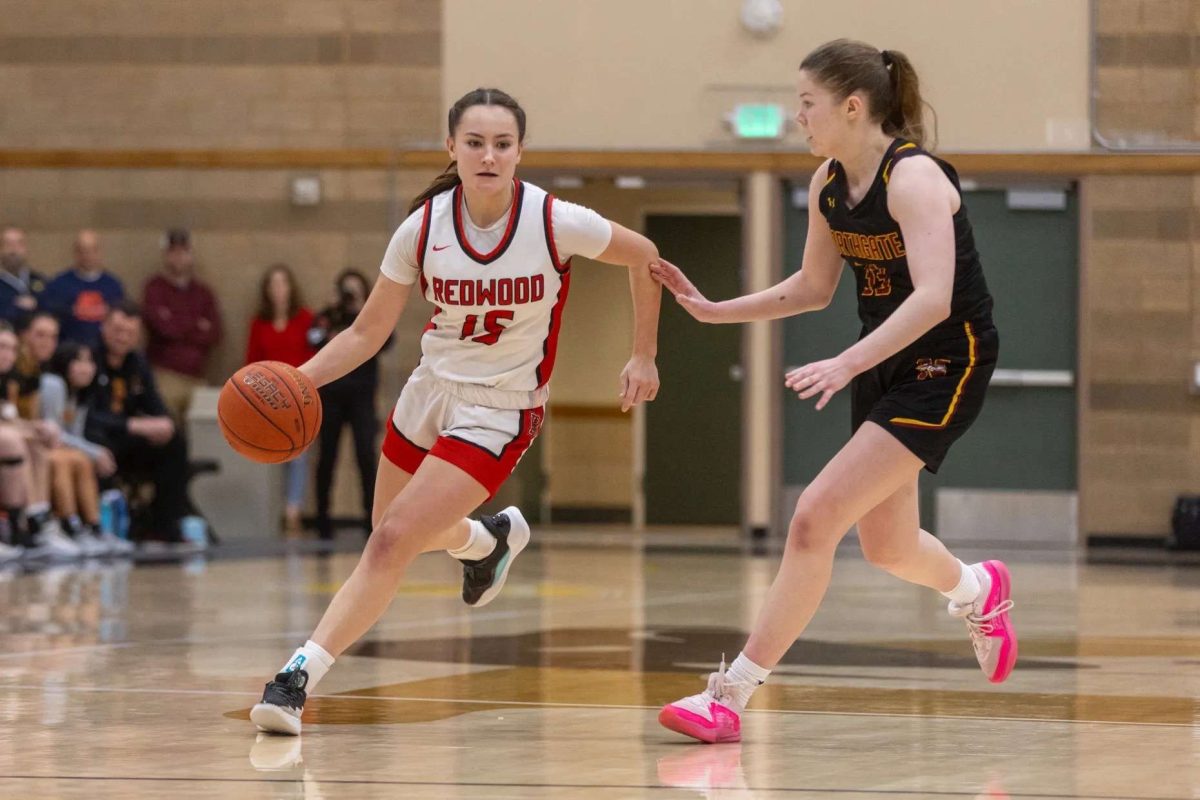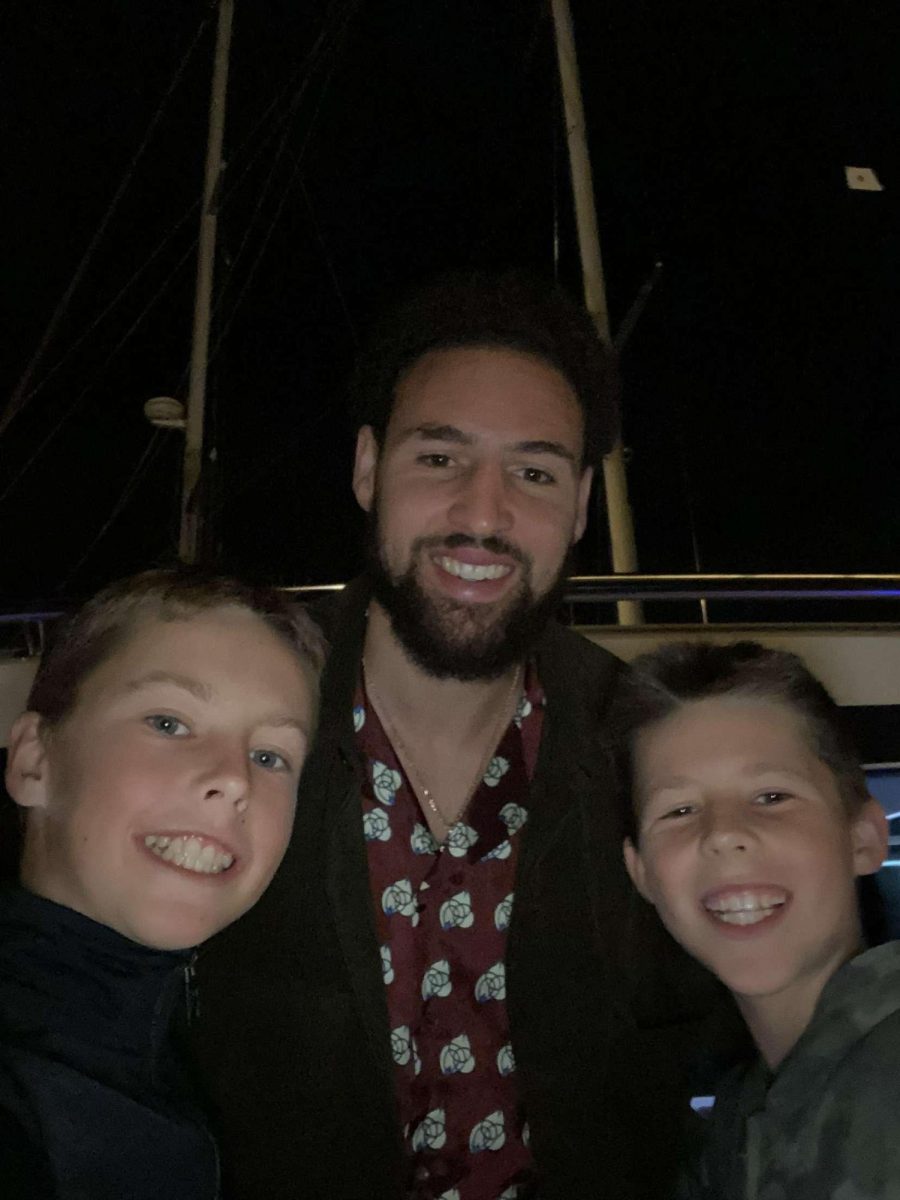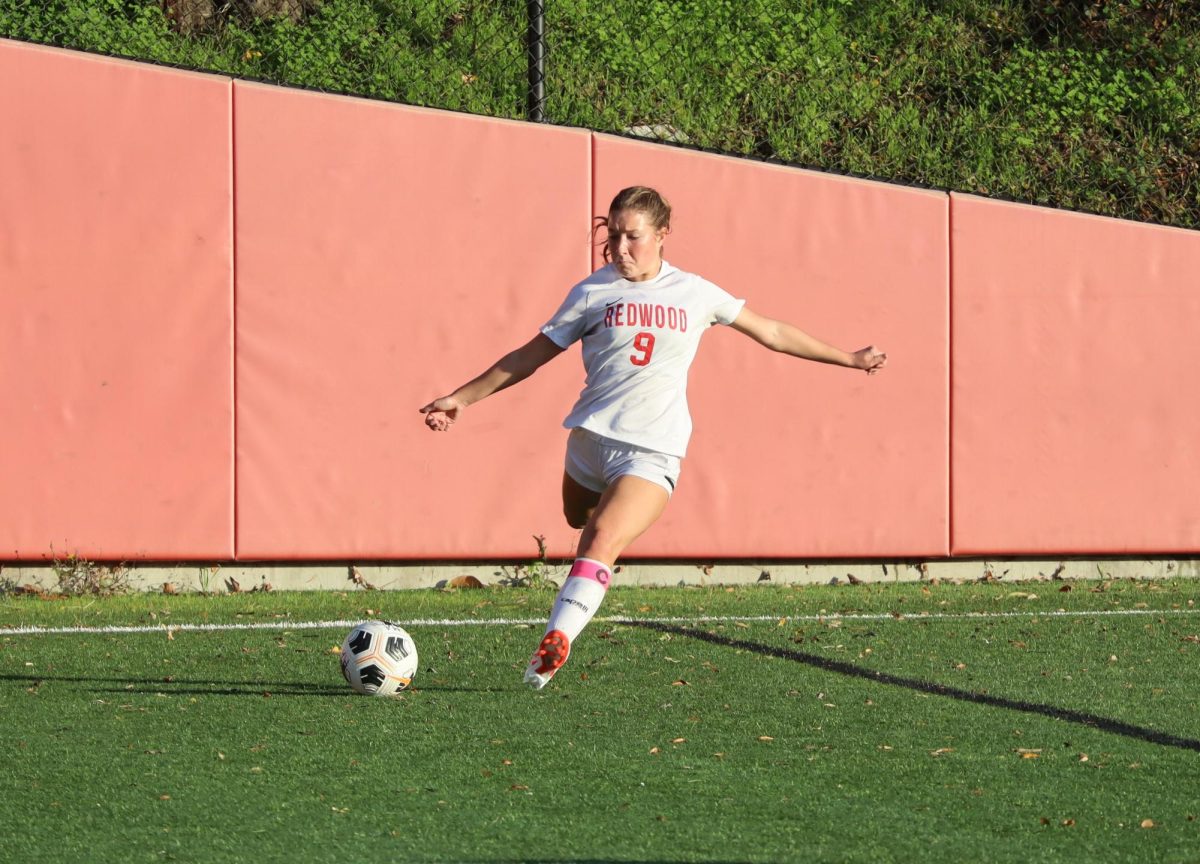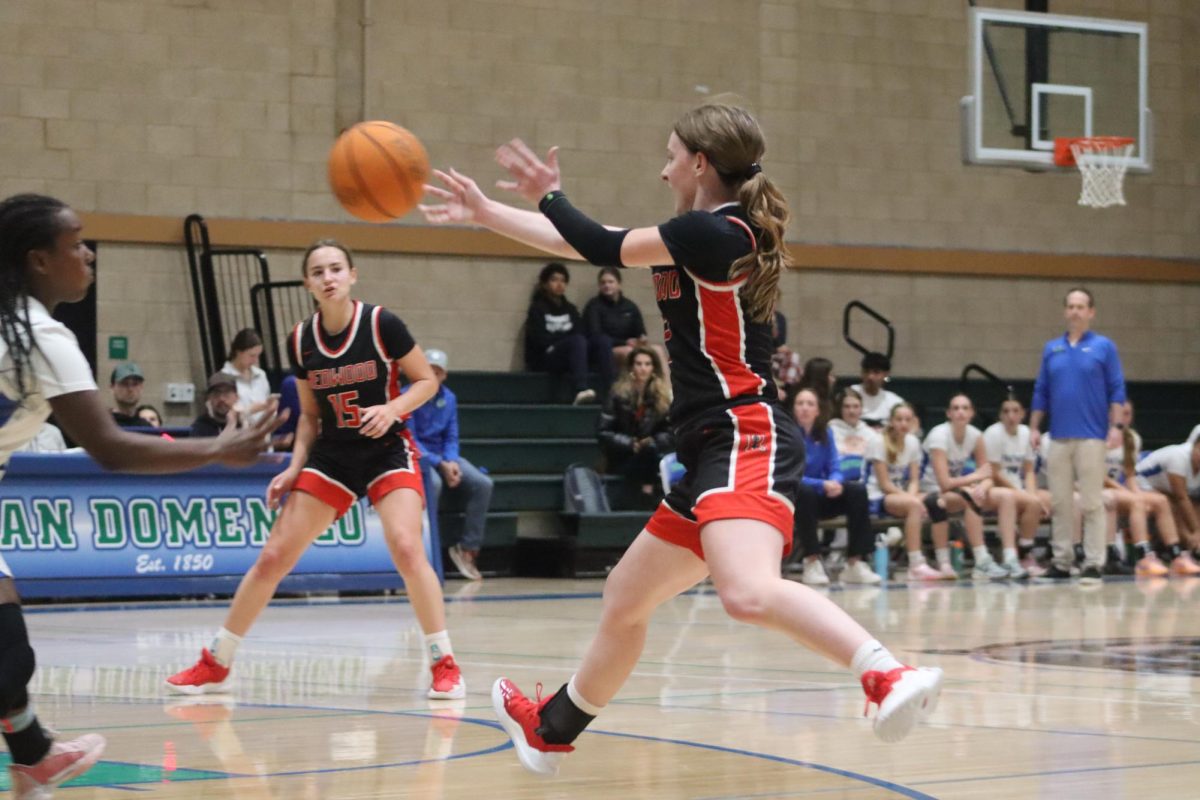In recent months, the National Collegiate Athletic Association (NCAA) introduced a significant change, forcing many student-athletes to rethink their college decisions, and making it increasingly difficult to secure a coveted spot on a Division I roster in many sports.
The new rule was announced after losing a litigation battle to Arizona State University swimmer Grant House and Texas Christian University basketball player Sedona Prince, who sued the NCAA. The plaintiffs alleged that the NCAA’s rules prohibiting name, image and likeness (NIL) payments for athletes before 2021 violated the Sherman Act, which bans practices that restrain trade and competition in the marketplace.

The NCAA agreed to a settlement paying up to $2.8 billion in ten years to current and former athletes for losing out on potential NIL deals and revenue sharing. Previously, most sports were only allowed to hand out a small supply of scholarships, but this limit has now been removed for all sports. Revenue sharing and scholarships are also still impacted by Title IX, meaning that universities will still have to provide an equal amount of scholarships to men and women.
In theory, the new rule is player-friendly. It would add 800 new scholarships across all sports, streamlining the three ways college athletes are compensated: scholarships, school revenue and NIL.
However, in many sports, the new rule cuts the total amount of roster spots a team has. In baseball, for example, the roster sizes have shrunk from 40 players to 36, meaning many teams have to make tough decisions and cut players. Meanwhile, the roster limits for football have increased from 85 players to 105.
So this begs the question, is this rule really player-friendly?
The impact of the rule change inherently depends on which school and sport you’re looking at. University of California Berkeley beach volleyball coach Meagan Owusu believes the rule change doesn’t affect her team much.
“The roster limit is now 19; we’ve always taken 19 or less in past years,” said Owusu. “The main thing is that this rule causes recruiters to be very mindful about who they offer. With fewer spots on the team, [we] can’t just give a spot to everyone.”
University of Hawai’i at Mānoa’s (UH) mens’ volleyball coach Charlie Wade has the opposite perspective. His team typically filled the roster with walk-ons, while rostering a significant number of players. However, with new cuts to roster size, they cannot keep as many players. Wade’s team won the national championship two years ago, largely thanks to their walk-ons.
“[Our team] would load up the back half of our roster anyway. We’re all walk-ons and it would allow for guys to grow and mature,” said Wade. “We were winning championships with walk-ons on the floor because you could recruit those guys.”

That said, high school recruits are a large portion of the people affected by the sudden rule change. For athletes like junior softball player Stella Belluomini, who committed to the University of Houston, the rule affected her positively. She’s excited to play at the next level and sees the rule as a mostly beneficial addition to the NCAA rulebook.
“On my team, we have five girls committed so far, and almost everybody got a full ride,” Belluomini said. “Softball players normally do not get a lot of money, and we used to have only nine scholarships. Now, more players are getting full rides.”
Smaller roster caps mean fewer opportunities for non-scholarship players who aren’t at the top of their recruiting class. For senior Sam Gersch, a Redwood varsity baseball player who recently committed to Division III Middlebury College, this reduction in roster spots played a huge role in his decision-making process.
“Early on, I was looking at Power Five Division I schools,” Gersch said. “But in July, they changed the rules and cut the roster size. Those last six spots are just gone, so about 1,800 Division I roster spots are no longer available for baseball players.”
This sudden change forced Gersch and many others in his recruiting class to rethink their college plans.
“The schools I was talking to stopped recruiting when the cuts happened,” he said. “Even the schools that had already recruited too many players had to start cutting guys.”
Gersch believes the new roster rules have led many baseball players—who would have otherwise played at the Division I level—to explore alternative routes.
“A lot of kids are looking at junior colleges or Division III now because it’s almost impossible to get a Division I spot if you’re not in that top tier,” Gersch said.
He additionally emphasized that coaches are increasingly turning to transfers from junior colleges and other divisions to fill their rosters rather than taking chances on high school recruits.
“They need guys who can play right away, so they’re looking for more experienced players,” Gersch said. “It’s made it hard for high schoolers to get noticed.”
Belluomini and Gersch share the idea that the recruiting landscape has become more chaotic since the NCAA introduced the new roster caps. For high school athletes, the uncertainty of how these rules will impact their futures adds another layer of complexity to an already stressful process.
“I think it will positively affect top recruits because they’ll get more scholarship money,” Belluomini said. “But it’s going to be harder for people who aren’t at that level.”
Gersch echoed this sentiment, noting that the rule changes have particularly impacted athletes in his class.
“The 2026 recruits will have time to adjust, but for us, everything changed in the middle of our recruiting process,” Gersch said. “It was just chaotic.”
Despite the challenges, both athletes see potential positives in the changes. Belluomini’s advice for future recruits?
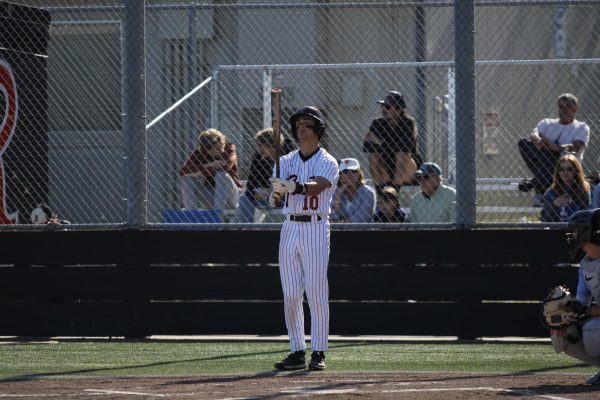
“Have a number one school, go to their camps, and get to know the coaches and players before Sept 1st.,” she said.

